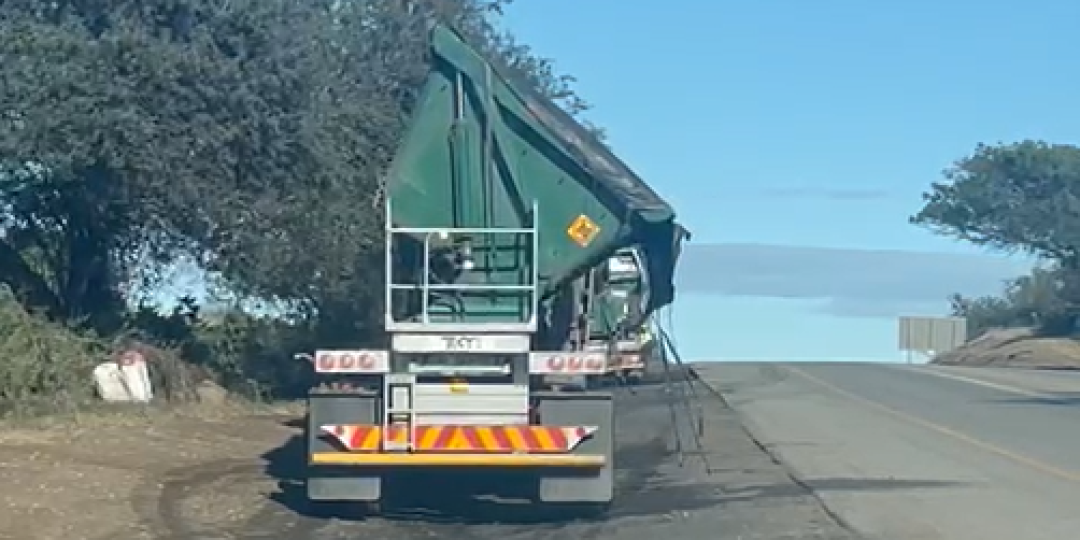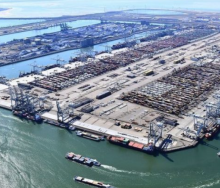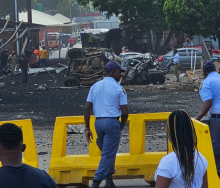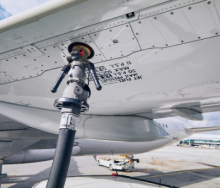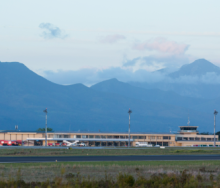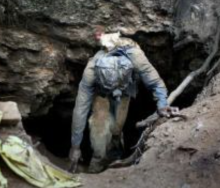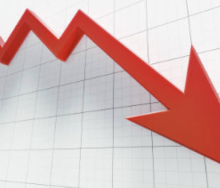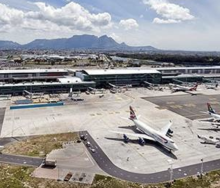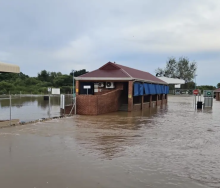Tipper trucks in the Komatipoort area near South Africa’s primary crossing into Mozambique have been caught on camera dumping ore dust by the side of the road, potentially contaminating the agricultural environment of the border town with carcinogenic material.
The pollution concern of tippers amassing at the Lebombo Border Post was raised by Cobus Botha, the chairperson of the Nkomazi East Farmers Association, and has been corroborated by another high-level source from Komatipoort’s business sector.
The source, who wishes to remain anonymous, has sent video footage to Freight News clearly showing an ore truck dumping a significant amount of soot on the side of the road, seemingly close to the actual border’s customs control zone.
On a recent visit to Komatipoort, Botha warned that chrome dust could have severe consequences for groundwater used to irrigate sugar cane plantations.
Komatipoort finds itself in an environmentally sensitive area directly south of the Kruger National Park on the confluence of the Crocodile and Komati rivers.
“That this is allowed to happen is a flagrant violation of the area where we live,” Botha said.
“I can understand that transporters are challenged by congestion issues currently experienced at the border. But at least have some respect for the area you’re passing through by refraining from dumping mineral dust where we live.”
Botha said that even if it’s coal, presumably not as dangerous as chrome, it’s still unacceptable.
However, it could likely be chrome, in which instance research by Botha has revealed a real danger to people living in Komatipoort.
According to the research, chrome is found in two varieties, chromite (CrIII) and chromium (CrIV), of which the former is the most stable and the latter potentially hazardous to human habitation.
CrIV is a “Class A” carcinogen and although CrIII is the variant most prominently mined and shipped, chromite can naturally turn into chromium in under seven months.
Botha said there is no doubt that the uncontrolled dumping of chrome in the Komatipoort area poses a public health risk.
“Who will accept responsibility for it?"
